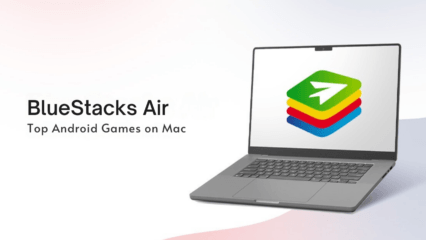Beginner’s Guide for Tears of Themis - How to Get the Best Start in Mihoyo’s New Visual Novel
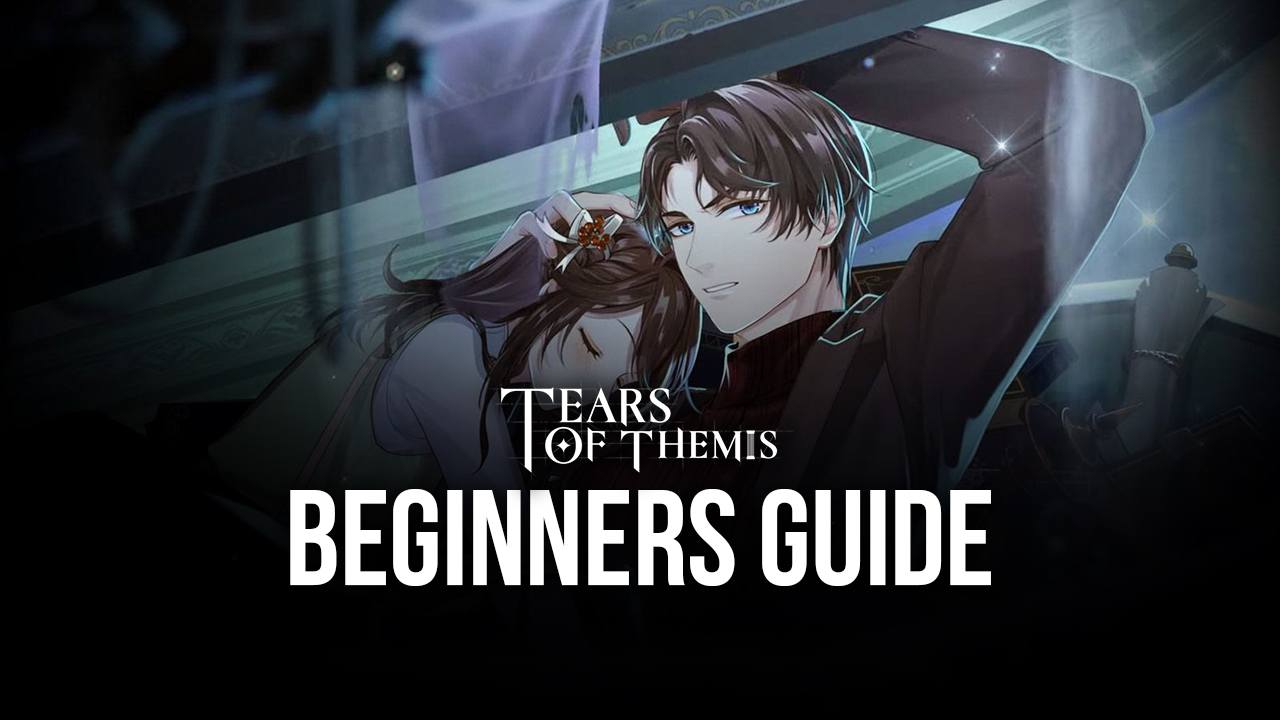
Mihoyo surprised us earlier last month with their latest title, Tears of Themis which, instead of being an action game like their previous two hits, Honkai Impact 3rd and Genshin Impact, is a detective visual novel with a hint of romance and friendship. This game is quite a departure from the type of titles Mihoyo usually works on, and maybe that’s for the better, as it diversifies the team’s appeal to a wider audience.

Regardless of their appeal, Tears of Themis is a game in which the story is mostly presented through cutscenes in which the player must make decisions that will affect the outcome of each chapter. However, in contrast with other VNs where the gameplay takes place solely through these decisions, Tears of Themis also brings innovative “debate” and “questioning” mechanics to the mix. The first one, specifically, is quite involved as the protagonist must engage with other characters in debates in order to progress, a system which goes very well thematically, considering that you play the role of the newest attorney to join the prestigious Themis Law Firm.
Since Tears of Themis is not quite as straightforward as other VNs, and features several different underlying systems and mechanics, we wanted to create this beginner’s guide so that everyone can start off on the right foot. If you’re new to this game and want to make sure you’re making the right choices, then this guide is for you.
Play With the Best Setup to Get the Best Experience
Before we jump into discussing the gameplay itself, we encourage everyone to install and play Tears of Themis on PC with BlueStacks. In this sense, you’re not only enjoying this awesome VN on a large screen and with the best performance and shortest load times, but you’ll also get access to several key features designed to enhance your experience.

Installing Tears of Themis on PC is as easy as following a few simple steps, after which you’ll be playing it on the comfort of your own computer monitor. Furthermore, our Android app player also has features like the Keymapping Tool, with which you can configure your keyboard and mouse controls so you could use your peripherals to control the gameplay instead of having to rely on awkward touchscreen buttons. Similarly, BlueStacks has many other features to improve both the performance of the game, as well as your enjoyment as you work to investigate and win court cases.
Check out our BlueStacks usage guide for Tears of Themis to learn more about how you can use our Android app player to enhance your game.
Learn the Basics of Debating
Now that you’re enjoying Tears of Themis on PC with BlueStacks, let’s go ahead and talk about debates, which are this game’s version of “combat” scenarios. Unlike in Mihoyo’s other action titles where you need to reduce the enemy’s HP to 0 by beating them up, however, the objective of debates in this game is to debunk your opponent’s arguments, which in turn lower their HP. Once their HP reaches 0, you win the debate. Conversely, your own character suffers damage every turn passively depending on the number of arguments left standing. If your own HP reaches 0, you lose the debate and must begin anew. Similarly, if you run out of turns, you also lose.
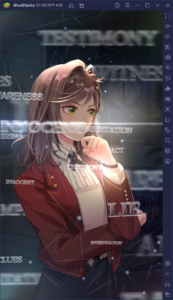
In order to debunk your opponents’ arguments, you’ll need to counter with your own statements, which are represented by the cards in your deck. These cards all correspond to any of the four partners that the protagonist can meet along the way, and each represent a certain standpoint about a particular subject matter. The important part about your cards is that they each have their own stats and skills, and also come in three different types: Intuition (green), Empathy (red), and Logic (blue).
A card’s stats and skills will determine their function in combat. For starters, all cards have two main attributes: Influence, and Defense, with the former determining the card’s attack value against a targeted argument, while the latter influences the damage that the protagonist takes every turn. Moreover, every card starts with a single skill, and can learn more of these by evolving once they reach max level. In order to unleash a card’s maximum potential, you’ll need to both level it up and evolve it.
When it comes to card types, you can squeeze out a bit of extra damage to arguments during debates by using the right type for the occasion. This is because, just like with cards, your opponent’s arguments can also come in different types, and you can deal more damage to them by exploiting their weaknesses:
- Empathy (red) beats Intuition (green)
- Intuition (green) beats Logic (blue)
- Logic (blue) beats Empathy (red)

If you’ve ever played any mobile RPG, then these “elemental” matchups will come naturally to you. Otherwise, don’t worry about them too much at the beginning, since you won’t really need to pay attention to them to win. Nevertheless, it’s always good to keep these matchups in mind if you need that extra push to win a debate. For this reason, you’d do well to keep a balanced deck with at least one card of each type on hand.

Question Persons of Interest to Uncover Key Information
As you progress through the story and start working through cases, you’ll come across key individuals that, upon questioning, will yield information invaluable to your investigation and that could help to uncover the truth. However, these dialogues are often marred with filler questions that, while informative, might be ultimately irrelevant to the case at hand. Furthermore, as you continue to ask questions, many other topics might start to pop up, letting you dig deeper into the specifics of the people’s testimony.
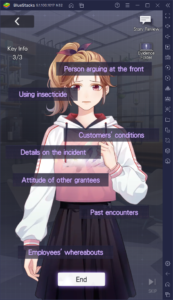
The idea of these questioning minigames is to uncover all the key information necessary for your case, which is represented by the indicator on the upper left section of the screen. As you ask the right questions, you’ll collect key information that will help you to build your case. Nevertheless, even though they might not be directly related to the case, we always recommend exhausting all the dialog options during these scenes, as these could yield other information that could be useful later on.
Either way, the objective here is only to collect key information. After you’re done, you can just click on the “End” button below to complete the minigame and move on.
S-Chips and AP Management
One of the elements that will constantly block your progress in Tears of Themis is your AP, which is this game’s version of energy, a resource necessary for accessing levels. Each stage requires a set number of AP to access, and once you’re out, you have to wait until either it regenerates automatically, at a very slow rate, or pay 20 S-Chips to restore 60 AP up to 10 times per day.
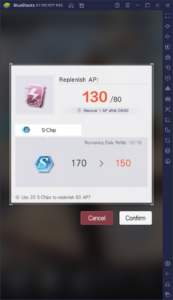
Once you start playing, you’ll only have enough AP to play through six or so stages, which you can do in a matter of minutes. In this sense, we recommend using your S-Chips to replenish your AP so you can continue working through the story. This is great for when you’re actually loving the story and want to see more, or if you simply want to blaze through these events to unlock everything that the game has to offer.
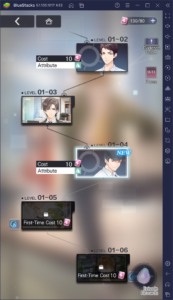
Either way, purchasing AP is one of the best uses you can give your S-Chips, particularly since you can get quite a few of these for free simply by playing and completing missions.
The important part about defending your clients in Tears of Themis is collecting all the necessary information to blow the cases wide open. And all this boils down to taking the time to read the dialogue, ask the correct questions, and digging deep into the people’s testimonies. Tears of Themis is as much a visual novel as it is a detective game, and it’s definitely not for everyone. Nevertheless, if you enjoy these types of mystery VNs with a dash of romance, friendship, and social sim, then you’re in for a treat.









